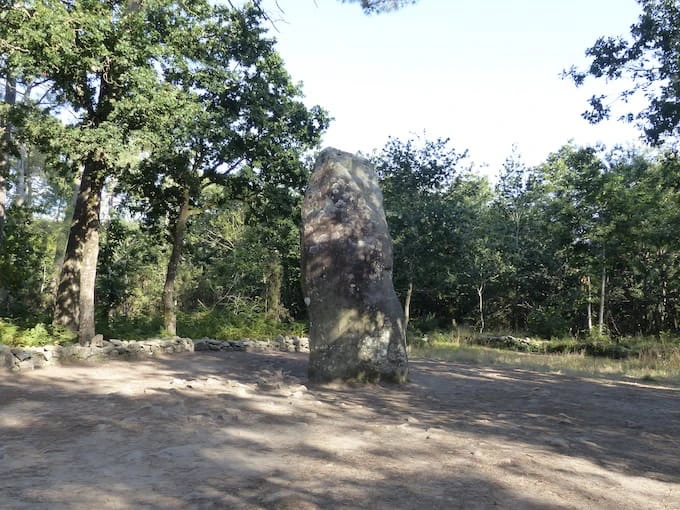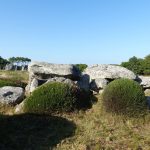11 things to know about Carnac
Carnac is called “Karnag” in Breton
Carnac is called “Karnag” in Breton, so you will find this name at the entrance of the town. This linguistic variation reflects the Celtic heritage of the region and the importance of the Breton language in preserving the cultural identity and heritage of the city. “Karn” means “pile of stones,” and “Ag” means “place.” Therefore, “Karnag” literally means in the Celtic language “the place of the piles of stones.”
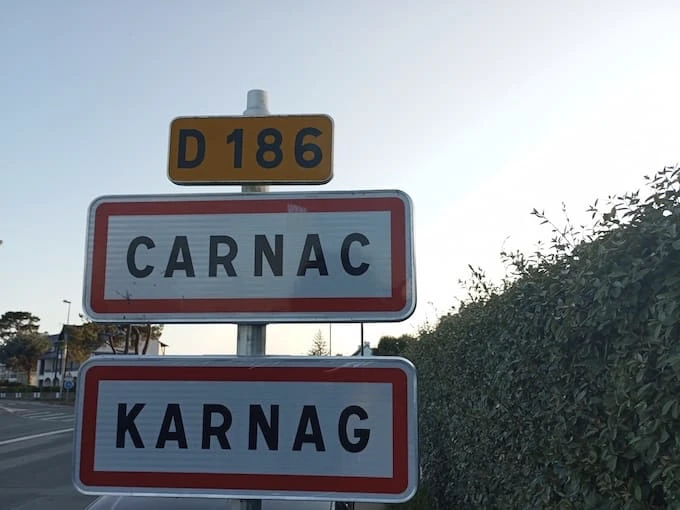
The Carnac Alignments are one of the largest megalithic sites in the world
The Carnac Alignments, commonly known as the “Carnac stones,” are among the largest megalithic sites in the world. The distinctiveness of the prehistoric Carnac site stems from its having the highest density of megaliths (erected granite standing stones) in the world, boasting over 3,000 menhirs along the alignment path and more than 4,000 menhirs throughout the entire commune of Carnac.
The Carnac site’s uniqueness is now recognized on UNESCO’s tentative list of World Heritage sites, pending a future nomination for official inscription as a World Heritage site.
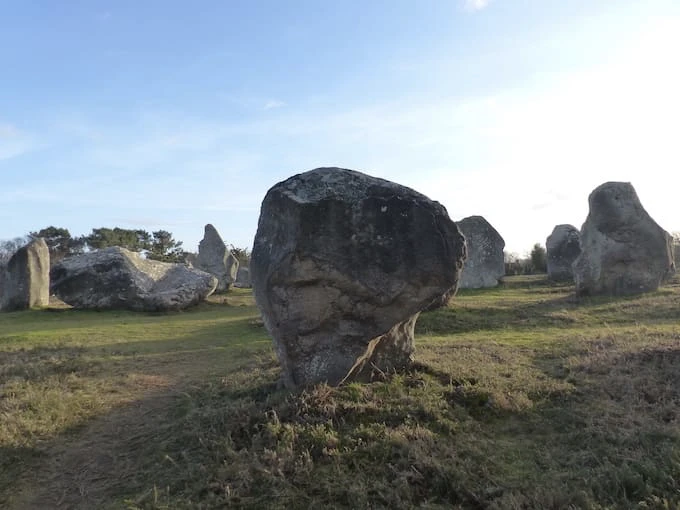
The Tumulus of Saint-Michel is the highest point in Carnac
The Tumulus of Saint-Michel, more commonly known as the Tumulus of Carnac, is the highest point in Carnac. The mound forming the Tumulus is not natural; it is, in fact, a megalithic tumulus. An artificial mound composed of earth and mixed stones (pebbles) that rises to an altitude of 44 meters.
The observation table located at its summit provides an overview of Carnac and the Quiberon Bay. On clear days, it is also possible to catch a glimpse of the Pointe du Conguel (Quiberon) as well as Locmariaquer and Arzon.
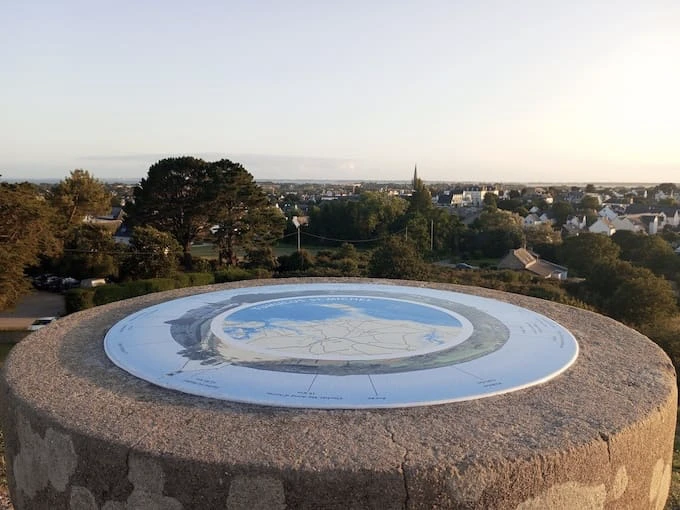
Carnac’s population is multiplied by 10 in the summer
Carnac has only 4,231 official residents throughout the year. However, during the summer months of July and August, the influx of tourists, vacationers, and second-home residents increases the overall population of Carnac to over 45,000 people.
Therefore, the town of Carnac has two faces – very calm, even deserted, during winter and highly animated during summer.
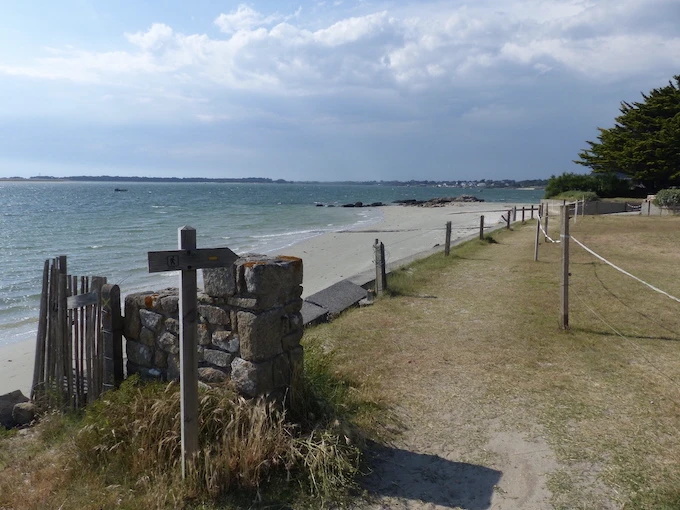
Carnac boasts a gastronomic restaurant
Carnac is home to a gastronomic restaurant called “Côté Cuisine.” This restaurant enjoys prestigious recognition, including the prestigious Michelin star, a testament to its culinary excellence.
Run by a talented and creative duo, the establishment showcases local products from the region in finely crafted dishes, providing its guests with a unique and memorable culinary experience with a touch reminiscent of Brittany. As a favored destination for epicureans, “Côté Cuisine” embodies gastronomic excellence and contributes to Carnac’s culinary reputation.
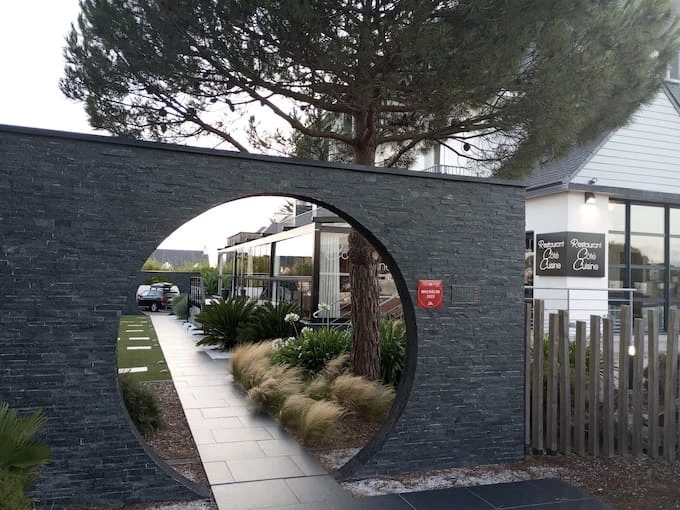
There are 6 beaches in Carnac
The town of Carnac, bordered by the Atlantic Ocean, offers its visitors 6 beautiful sandy beaches.
- La grande plage de Carnac
- La plage de Saint-Colomban
- La plage de Kérivor
- La plage de Légenèse
- La plage de Ty Bihan
- La plage de Beaumer
These beaches are suitable for everyone and are protected from the waves by the Quiberon Bay and Belle-Île-en-Mer.
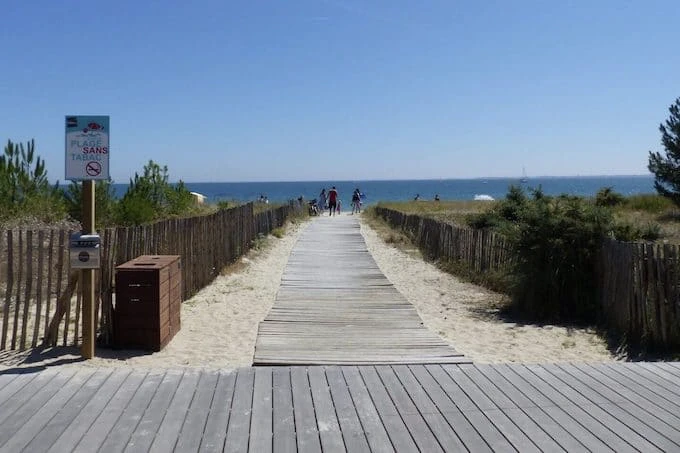
Carnac has 16 campsites in its municipality
The town of Carnac boasts no less than 16 campsites within its locality. Each year, over 850,000 overnight stays are recorded in the campsites of Carnac.
Carnac is a flagship destination in Morbihan and Brittany for camping enthusiasts. If you are looking for a campsite, check out the list of the best campsites in Carnac.
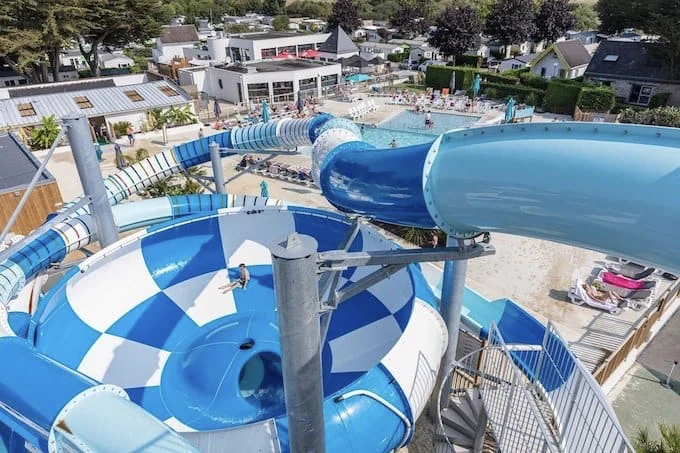
Carnac Plage is located below sea level
The area of Carnac Plage is classified as a flood-prone zone, and a large part of the buildings located behind the dunes are below sea level. Carnac Plage is thus a particularly exposed area to high tides and the risk of marine submersion, as was the case during the storm of March 2008.
The coastal paths and seaside houses located between Port-En-Dro and Pointe Churchill have been damaged several times during storms combined with a high tidal coefficient. To try to mitigate this phenomenon, significant dikes have been installed to reinforce the dune barrier of the Grande Plage and Beaumer.
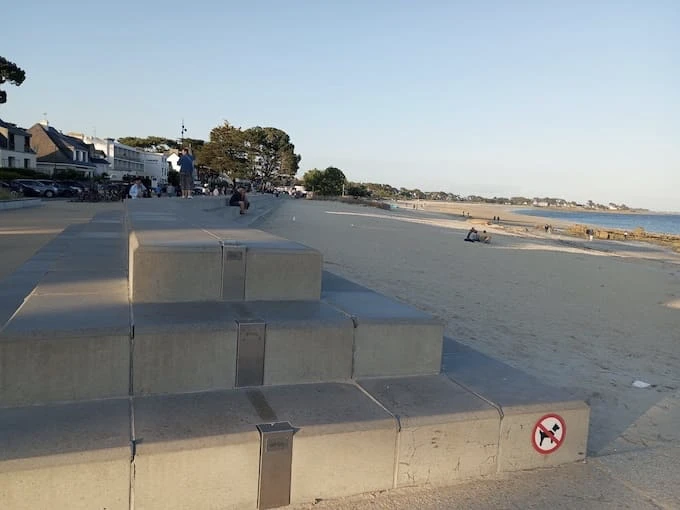
The menhirs of Carnac have been moved
Did korrigans move the menhirs? Did ancient soldiers turned into stone move to drink from the nearby streams? In reality, the explanation is simpler.
Before the site of the Carnac alignments was classified and protected, thousands of years had passed. Many menhirs of Carnac were extracted from the alignments and used for construction or moved to facilitate agricultural work. These habits persisted until the end of the 18th century.
The restoration of the Carnac alignments began under the impetus of James Miln and Zacharie Le Rouzic at the end of the 19th century. The reconstitution of the Carnac site was done by extrapolation. The current site of the Carnac alignments is therefore probably very different from the original site.
It is estimated that nearly 40% of the menhirs of the Carnac alignments are not in their original place, especially the smaller menhirs, which are easier to move. Many menhirs are also missing. Finally, according to some historians, some lines of menhirs might have been entirely imagined and established from scratch by the restorers.
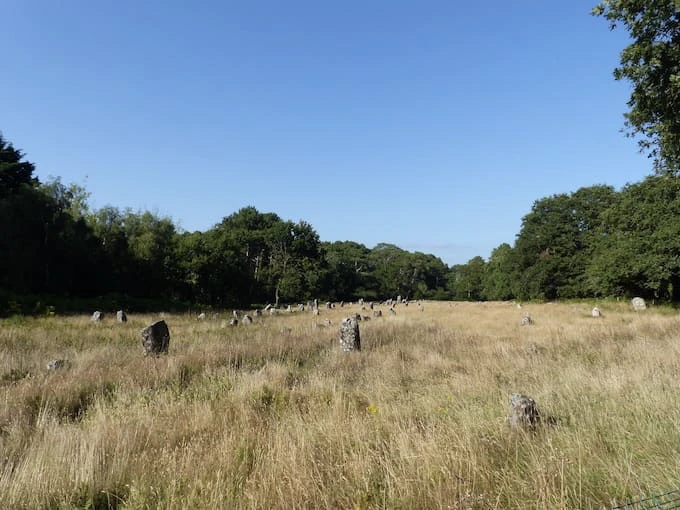
Carnac has the 3 flowers label
The municipality of Carnac is labeled 3 flowers, by the national quality of life label: “cities and flowered villages”.
A distinction that places the town of Carnac among the municipalities that are both green, friendly, attractive, and committed to the ecological transition.

The largest menhir in Carnac has been re-erected
The largest menhir in Carnac, the giant of Manio, wasn’t always standing upright. Time and erosion caused it to fall in the past. It was thus re-erected in 1900 by Zacharic Le Rouzic, famous for his archaeological excavations and his restoration work on the alignments. Weighing several tons, the operation has left marks that are now visible on the Menhir.
